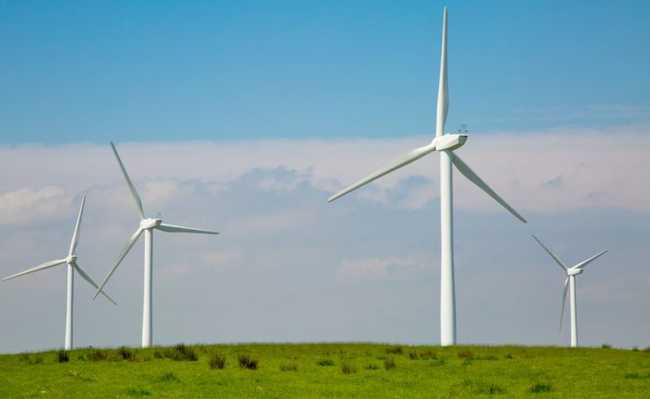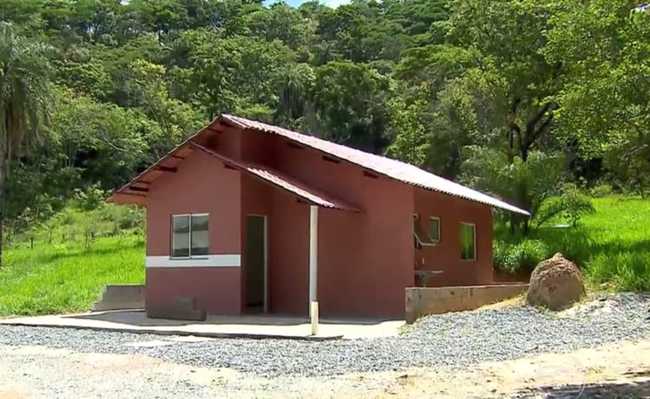Megacities: uncontrolled growth contributes to increased pollution
Urban planning is more important than ever
Demographic growth, economic progress and globalization have been determining factors for the increase in the number of megacities – cities with more than 10 million inhabitants. There are currently 23, concentrated mainly in Asia, Africa and South America, against just two 60 years ago.
The problem is that this growth has taken place in an uncontrolled way and the lack of planning is now taking its toll. Cities like Beijing and New Delhi have been gripped by air pollution and face major problems related to diseases caused by pollutants, cardiac and respiratory diseases, such as asthma, bronchitis and even cancer.
Chinese growth
China is a good example of this accelerated economic development, the effects of which penalize the population of some of its cities. With an industry fueled by coal burning, the country faces successive records in pollution levels. The increase in the number of cars and the still intense use of charcoal in the kitchen and domestic heating also contribute to aggravate the problem.
During the first half of January 2013, the Air Quality Index (AQI) that lists a series of pollutants produced by human activity presented a serious indicator in one of them, specifically that related to the amounts of particulate matter in the air, which exceeded in several cities reach the level of 300, a level recognized by the Chinese Ministry of Environmental Protection as a condition of severe pollution. The interpretation of this indicator by the US Environmental Protection Agency (US-EPA) assigns as a threshold for healthy condition a number equivalent to 20.
During the same period, large urban centers such as New York and Los Angeles have much lower rates, at 45 and 52, respectively. Pollution caused flight cancellations due to low visibility.
The problem is not just frightening environmentalists. The government took emergency measures, advising Beijing residents not to leave their homes, leaving only for urgent commitments and always wearing masks. In addition, the use of official cars decreased and limits were established for the activities of the construction industry.
Chinese Vice Premier and future leader Li Keqiang says, according to the country's state media, that the solution to Beijing's air pollution is a long-term solution, and that today's situation is the result of an accumulation over time. In 2012 alone, 1.2 million people died prematurely in the region comprising China and Southeast Asia from complications caused by air pollution.

Satellite image of pollution over the Beijing region
tehran
Iran's capital faces a similar problem to Beijing's. The country's health ministry confirms that in just the first nine months of 2012, 4,460 people died in Tehran because of high levels of pollution. In 2010, holidays were decreed so that people would not be exposed to polluting particles. Public offices, schools and universities were closed during the period.
Tehran is famous for its pollution. The city is surrounded by industries and power plants and has a fleet of over 3 million cars. In addition, Tehran is located between mountains, which means that there is less rain and wind in the city. Consequently, pollution is greater.
Even with the adoption of the car rotation system, similar to what happens in the city of São Paulo, the city's inhabitants are exposed daily to particles of sulfur dioxide, benzene and lead originating from the burning of very low quality fuel, produced under conditions precarious internally, a condition of the economic embargo that causes difficulties in the import of better quality oil products. To aggravate the problem, the country's car fleet is aging, a set of reasons that contribute to a scenario of large-scale pollutant emissions.
India, the worst air in the world
In the past decade, the city of New Delhi has established policies aimed at limiting permitted emissions, closing companies, renewing the bus fleet using a natural gas-powered one and investing in the expansion of green areas.
But efforts are at risk, as the problem has become extremely serious again, mainly due to the increase in the car fleet. With economic development, consumers are increasingly fulfilling the necessary conditions for ownership of automotive vehicles, which has been decisive for the daily introduction of 1,400 new cars on the streets of the city, whose fleet at the end of 2012 already reached around seven million cars. vehicles, an increase of 65% compared to 2003.
According to a report presented during the World Economic Forum, held in Davos, Switzerland, India has the most polluted air in the world. Levels of particles with a size equal to or less than 2.5 micrometers (PM 2.5) are up to five times greater than the acceptable level for health. According to the World Health Organization (WHO), this type of pollutant is responsible for the death of 13% of children under five years old admitted to Indian hospitals.
São Paulo
With a fleet of more than 6.7 million vehicles, of which 4.8 million are automobiles, the largest Brazilian city also faces problems with pollution and air quality. And, as in other cases, the lack of public policies focused on investment in mass public transport and the economic incentive to purchase cars make the solution increasingly distant.
To try to minimize the problems caused by pollution, the government uses rotation, which restricts the use of cars during peak hours, and vehicle inspection, which measures and regulates pollutant emissions from the city's vehicles. None of them inhibit car use or encourage the use of public transport.
In 2011, according to measurements carried out by CETESB, the air quality reached an inadequate level for 97 days, in at least one of the city's measuring stations. A study carried out by researchers at USP's Pollution Laboratory points out that exposure to pollutants in the city of São Paulo is equivalent to smoking two cigarettes a day.
Health risks and solutions
Air pollution can cause numerous health problems such as asthma, pneumonia, bronchitis, inflammation of the blood vessels in the respiratory system and various types of cancer, such as lung and throat cancer. Heart problems, risks during pregnancy and even the development of autism and reduced life expectancy are related to pollution.
The efforts of authorities and companies can count on the engagement of individuals if they recognize, as consumers, the enormous contribution they are able to make. So what can a person do to contribute less to air pollution?
The use of fossil raw materials has been a hallmark in the development process of our civilization since the first industrial revolution, above all as a source of energy, whose examples of fuels most used since then are coal, natural gas and above all oil, article in extremely high value and synonymous with economic and geopolitical power among nations. In addition to being an energy source, oil has been transformed by industry into the most varied forms, components of countless objects for human use, the most frequent of which are plastics.
Given the growing level of technological innovation applied by the petrochemical industry and the environmental conditions in which we find ourselves, the consumption of this valuable raw material as fuel clearly presents itself as the least qualified use we can make of it. There are several arguments, but without a doubt the main one can be related to the imbalance we cause in the composition of the planet's atmosphere, with dramatic effects, whether on the health of the inhabitants or on the imbalance of the greenhouse effect and its correlation with the process of climate change that we are experiencing, with consequences potentially related to global warming. We bring carbon from the depths of the planet to deliberately pollute the atmosphere with carbon dioxide and other gases that keep us alive in a continual process of intoxication.
Despite the respectable technical and cultural development that our history describes, it seems paradoxical to classify ourselves as "intelligent life" in conducting the evolution of our society based on this model.
Avoid using your car for urban trips where you can use less polluting alternatives, such as cycling and public transport, especially trains and subways. Avoid excessive electricity consumption, especially during peak hours, normally those after working hours, when the electricity grid is overloaded and the activation of complementary energy sources, such as thermoelectric plants based on fossil fuels, are necessary.
In addition, popular pressure on the authorities in favor of public policies that prioritize public transport, the reduction of emissions, a clean energy matrix and the preservation of the environment are one of the most relevant measures of citizenship and environmental education.











